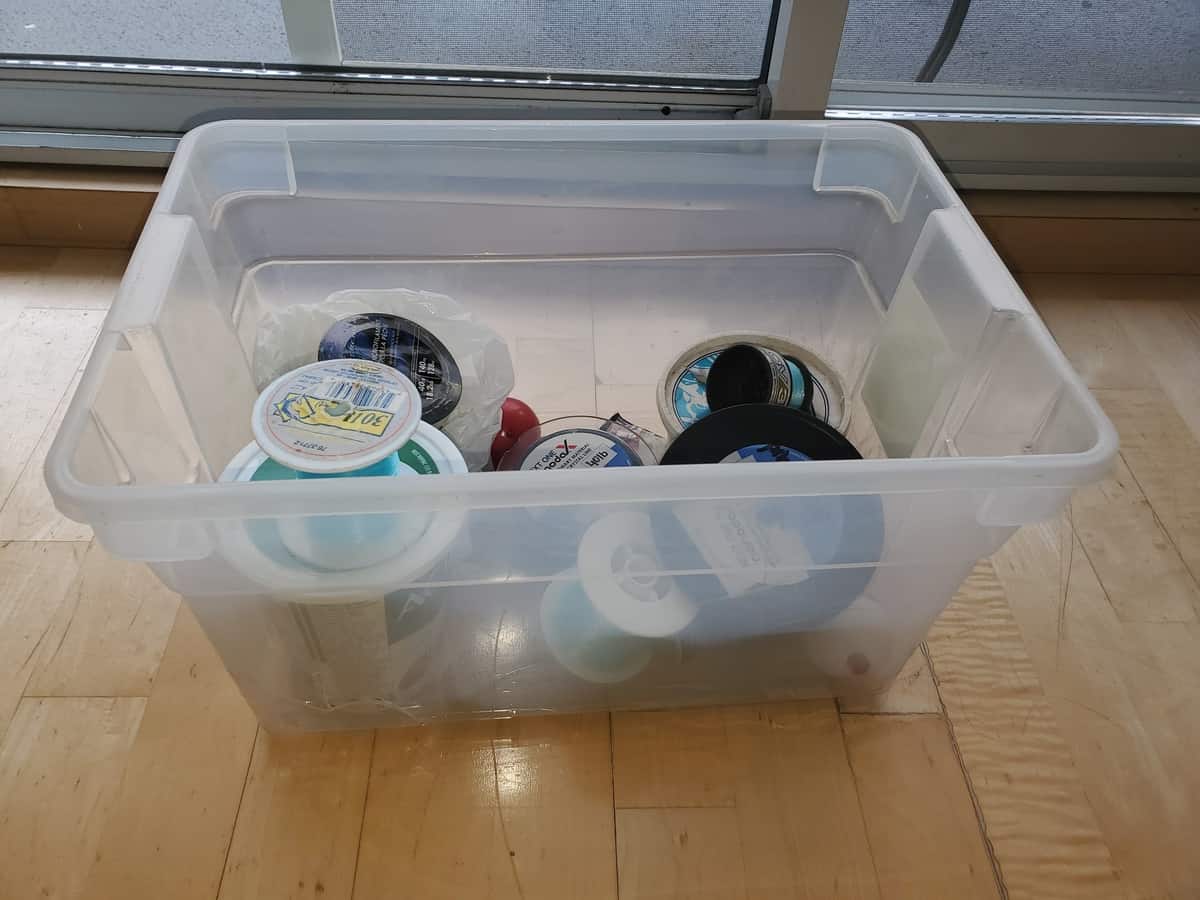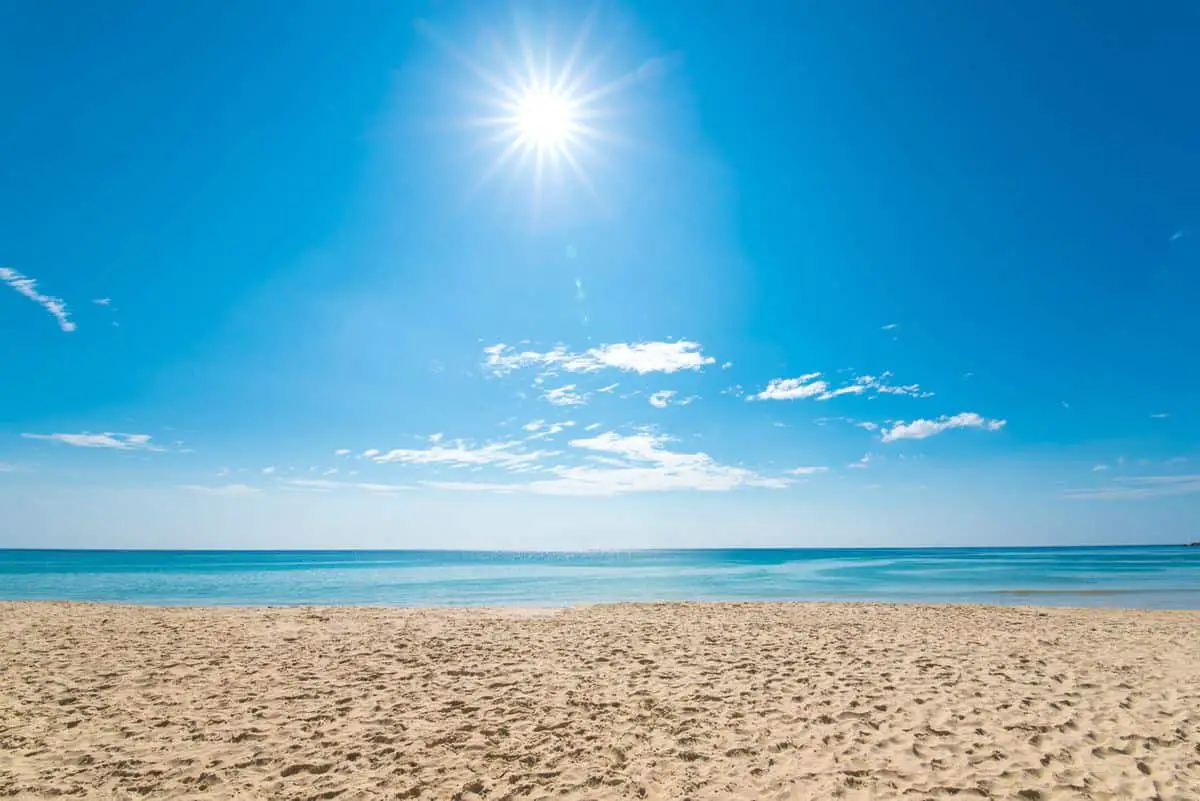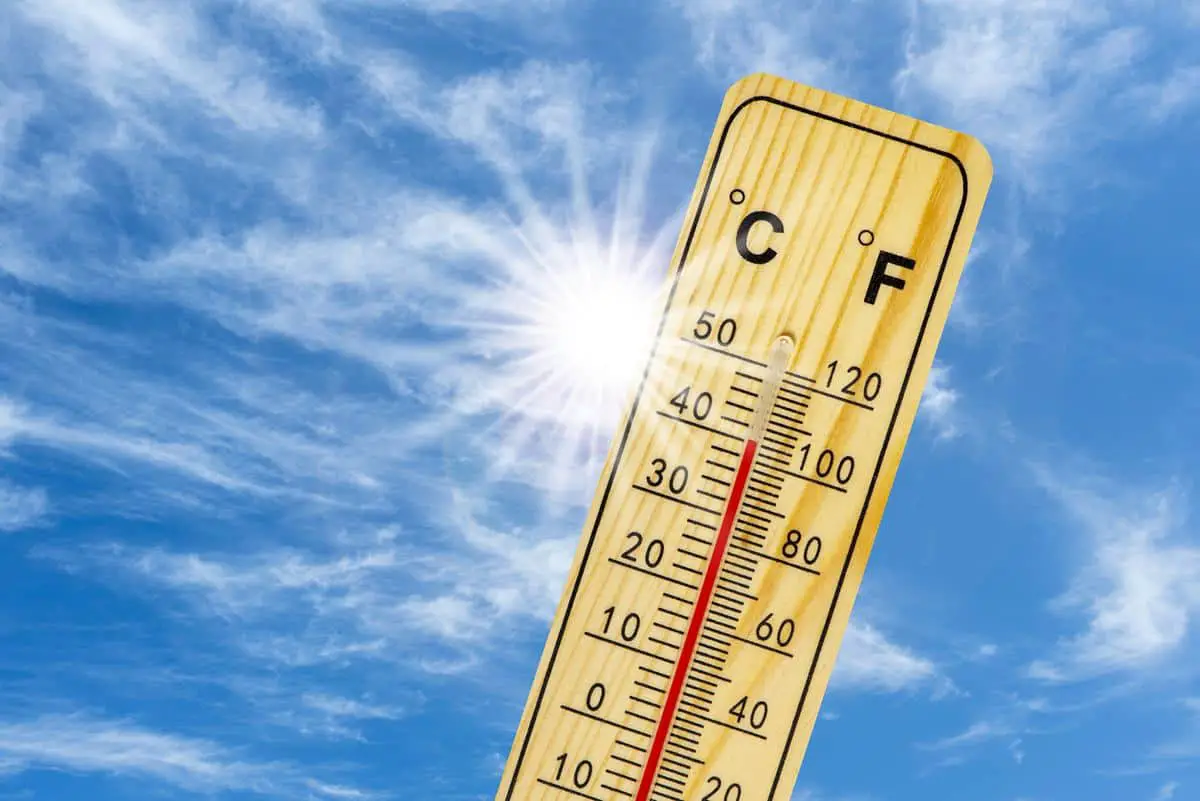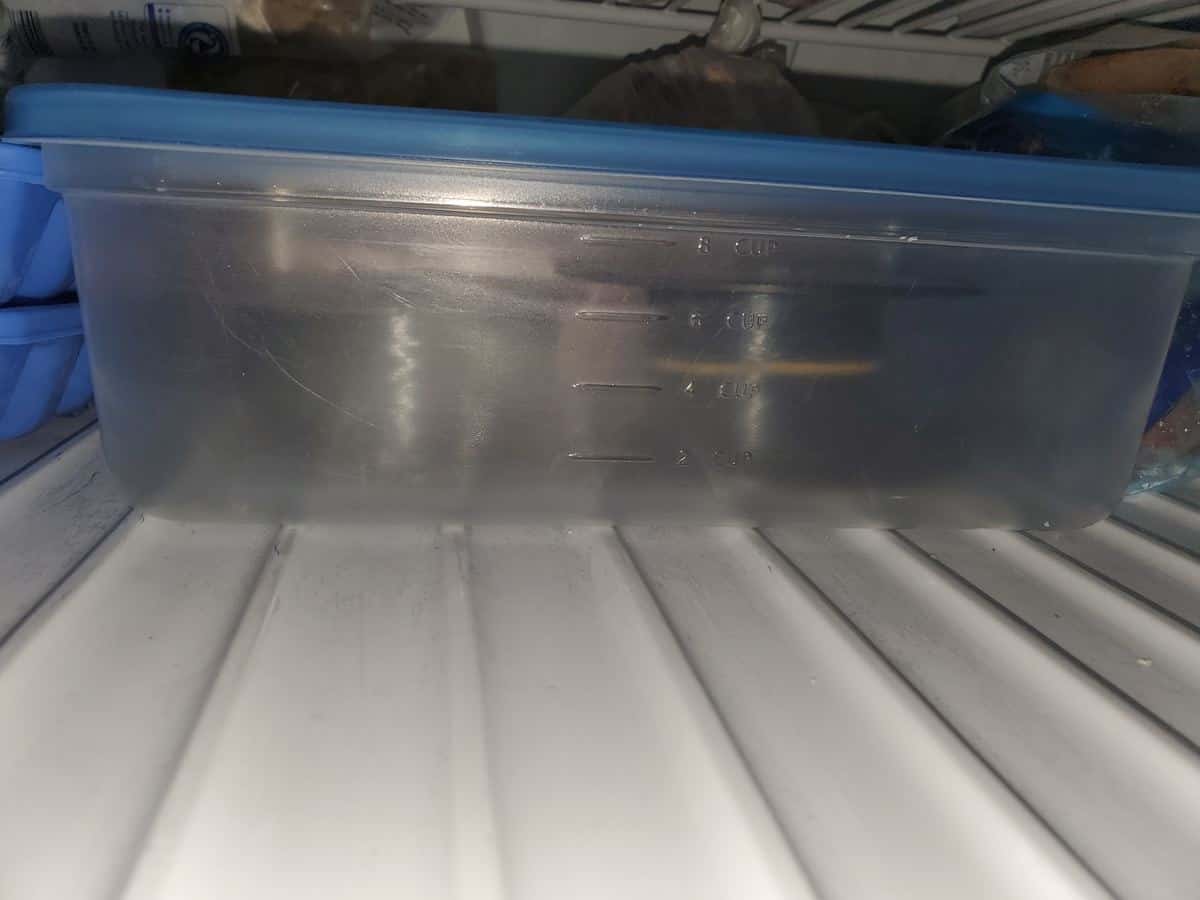
If you wondered what the best way to store your monofilament fishing line during the off-seasons is, then I hate to break it to you, but you won’t find it on the back of the fishing line spool.
So how do you properly store monofilament fishing lines to get the most life out of them?
The best way to store monofilament fishing line is to put your line in a container with a tight-sealing lid and place it in a freezer. This will protect your monofilament fishing line against:
- Sunlight
- Hot Temperatures
- Abrasion
- Humidity
I know what you must be thinking … a freezer? That sounds crazy! But it might be crazy enough that it could actually work!
I’ll explain why storing monofilament fishing line in a freezer is the best way to get the most life out of the line.
If this sounds a bit too crazy for you, then no worries. I’ll share with you other alternatives on how to store your fishing line.
What Deteriorates Monofilament Fishing Line When In Storage And Why?
Are you aware of the amount of abuse your monofilament fishing line has to take when fishing?
- Rocks & debris,
- Sharp teeth,
- Currents,
- Environmental exposure.
All these things add up and contribute to the rate at which your fishing line will deteriorate. But did you know that how you store your monofilament fishing line during the off-season can have much of an impact on your line than actually using it?
There are four major factors that will cause your monofilament to deteriorate:
- Sunlight
- Abrasions
- High Temperatures
- Humidity

Why Does Monofilament Fishing Line and Sunlight Don’t Get Along?
When monofilament fishing line is exposed to sunlight for a long time, the sun’s UV rays will start breaking down the fishing line.
You can blame chemistry for this! There is a chemical reaction that takes place when monofilament is exposed to the sun’s UV rays making the fishing line brittle and weak.
The good news is that this reaction happens very slowly, or else we would need to change our fishing line after every trip.
The bad news is that you can’t stop UV exposure when fishing, but there are things you can do to reduce UV exposure when storing your monofilament fishing line to give it more life.
How Does Abrasions Happen When Fishing Line Are In Storage?
I think most people understand how abrasion can occur to your fishing line when you’re actually fishing. But for some reason, people seem to think that abrasion is not a concern with you put your fishing line in storage.
Now, if you place your fishing line in a neatly organized container and you NEVER touch it … then abrasion will not be a concern.
But for many people, including myself, this is not the case. The chances are that you will need to move that container for some reason, and when you do, things inside the container will shift.
When items inside a container begin to shift around as you move it, that’s when objects can make small micro-scratches on your fishing line, causing it to become weaker.
So what can you do to help minimize abrasion when storing your fishing line during the off-season?
Here are some simple things you can do to minimize the chances of abrasions from occurring:
- Use a properly sized container so you can neatly organize your spools with very little room for the spools to move around.
- Use a rod that can fit tightly horizontally or vertically in the container and run it through the center of the spools to prevent the spools from getting tossed around in the container.
- Suppose you have a large container to store your fishing line in but still have a lot of room. You can fill the space with styrofoam balls to protect your fishing line.

Why Monofilament Fishing Line Breaks Down At High Temperatures?
You might have heard that monofilament fishing line breaks down if exposed to heat. But, what temperature is considered too hot? How does heat affect monofilament fishing line?
Monofilament fishing line can withstand temperatures up to 105°F (40°C). Above this temperature, the plastics that make up the fishing line will experience changes to their properties at a molecular level causing the performance and strength to change.
For these reasons, it’s important to keep your monofilament fishing in a location where it does not get too hot.
Think twice before storing your fishing line in your garage or attic, where temperatures can quickly get above these temperatures, depending on where you live.
How Does Humidity Effect Your Monofilament Fishing Line?
Monofilament fishing line tends to act as a sponge and wants to absorb water. It absorbs water when you’re fishing or from the moisture in the air.
The absorption of water itself will not deteriorate the monofilament fishing line. So what is the big concern with storing your monofilament exposed to moisture?
Do you recall in the previous section where we said temperatures above 105°F (40°C) could start producing changes to the fishing line at a molecular level to occur?
Water absorption will decrease the 105°F (40°C) temperature limit. This means that your fishing line could experience changes in performance or strength at a lower temperature.
The more moisture present in the air, the more it will drive that temperature limit down. Many factors contribute to the amount of moisture that can be absorbed and how much of an effect it will have. Studies have shown the temperature limit being reduced as low as 68°F (20°C)

Why The Freezer Is A Good Solution To Store Monofilament
After taking a bit of a deeper dive into some of the major contributing factors that would deteriorate your monofilament line, we can now understand the benefits of storing your monofilament fishing line in the freezer.
Protection Against UV Exposure
Your freezer can be a dark and cold place which sounds like a perfect place to store your monofilament fishing line. A freeze is a great place to protect your monofilament fishing line against UV exposure.
The only time your fishing line will see natural light is when you open the freezer door, which is usually not very long.
Preventing Against Abrasion
Now a freezer will not do much to protect you against abrasion. Heck, you can make a case saying that frozen objects rubbing each other are more abrasive, which I would agree with.
But if you have to use a container without the freezer, then use it in the freezer. In fact, if you place your container at the far back part of the freezer, then you’ll be less likely to move the container around.
You can use some of the tips I mentioned earlier to help reduce objects from moving around in the container.
It’s All About The Temperature Control
Remember what happens to your monofilament fishing line if the temperature starts to go above 105°F (40°C)?
Your monofilament fishing line will experience permanent changes affecting its performance and strength.
Well, guess what issue a freezer can solve for you?
A freezer will maintain a cold temperature for your monofilament fishing line regardless of how hot it gets outside.
Guess What Happens To The Humidity As The Air Gets Colder?
I don’t personally know of a freezer that controls humidity but I’m sure it’s out of my budget. But we have science on our side that naturally helps us reduce the humidity in the freezer.
As the air gets colder, the water droplets drop out from the air, which reduces the moisture. Think of the saying “wet cold” vs “dry cold,” dry cold usually occurs in extremely cold conditions because moisture has changed into water and froze over.
Be Careful When Taking Fishing Line Out Of A Freezer
As great as it sounds to store your monofilament fishing in the freezer, I must caution you about a few things.
When you decide to take out your fishing line from the freezer, keep in mind that the line will be dry and a bit brittle. This is fine and won’t damage your fishing line, but it would be best to pop open the lid of your container and let the fishing line reabsorb the moisture from the air as it warms up.
As the monofilament warms up and absorbs the air’s mositure, this will cause the line to become flexible again.
Monofilament Fishing Line Storage Alternatives
At this point, we’ve covered a lot of information, and all the reasons why keeping your monofilament fishing in a freezer would be the best place to store your line during the off-season.
But there are a lot of reasons why you cannot store your fishing line in the freezer, like:
- Don’t have the room in the freezer for fishing line,
- You think its crazy to store fishing line in the crazy,
- Scared how your spouse or roommate will react seeing fishing line in the freezer.
Regardless of your reasons, there are other options available to you and still an effective way to store your monofilament fishing line.
Waterproof Boxes
To help reduce the humidity build-up in a container, especially in hotter climates, consider getting a waterproof storage box.
This is a great solution to help keep the humidity out of the container. If the lid fits tightly enough to keep the water out, it will do a great job keeping the humidity out.
But remember to keep your container away from direct sunlight, especially if it’s clear or seethrough to protect it from the UV rays.
What if I don’t have a waterproof container?
Then you can use a regular container with a tight-fitting lid to store the fishing line. However, I recommend throwing in some of the Silica Gel packs to absorb some of the container’s moisture.
Colored Plastic Box
Plastic containers are great for storing fishing lines. They’re strong, lightweight, and don’t rust. But there is an aspect that gets often overlooked which is the colour of the container.
Did you know the container’s colour can help reduce some of the fishing line’s UV exposure? Light-coloured containers help reflect more light than darker colours.
Keep in mind that because you have a light-coloured container means that your fishing line is fully protected against UV rays. It just means that its slightly protected against UV rays compared to a clear container.
Regardless of the colour, you should always keep your container away from sunlight or at least be covered with a blanket or towel.
Improve How You Store Your Fishing Line To Have A Longer Lifespan
To have your fishing perform well for a second or third season depends on how you store your fishing line during the offseason.
Hopefully, now you have a better understanding of the different ways you can store your fishing line and some of the major contributing factors you need to pay attention to.
Happy Fishing and Tight Lines

